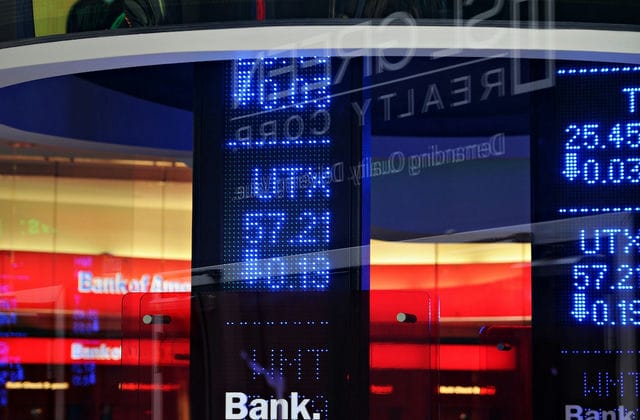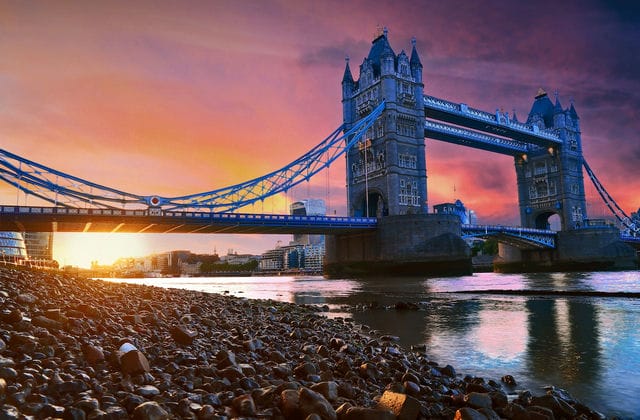The European Union, referred to as the European Union (EU), headquartered in Brussels, Belgium, is the development of the European Community (also known as the European Common Market), mainly through three stages: the Benelux Economic Union, the European Community, the European Union. In December 1991, the Maastricht Summit of the European Community adopted the Treaty on European Union (commonly known as the Maastricht Treaty), which entered into force on 1 November 1993 and gave birth to the European Union.
The EU has 27 member states, a population of 500 million and a GDP of US$16.106 trillion. The purpose of the EU is "to promote the balanced economic and social development of the Member States through the creation of a space without internal borders, the strengthening of coordinated economic and social development and the establishment of an economic and monetary union with an eventual unified currency" and "to promote the Union's personality in the international arena through the implementation of a common foreign and security policy".
The flag of the European Union is a blue flag on a blue background. The flag of the European Union is a twelve-star flag on a blue background, which is commonly said to represent the beginning of the European Union with only 12 countries. In fact, the twelve-star flag represents the twelve-star crown of the Virgin Mary, which means that the Virgin Mary will always bless the European Union. The 27 countries of the European Union cover a total area of 4,322,000 square kilometers.

The European Union (EU) is a political and economic community of 27 Member States, mainly located in Europe. It was founded in 1993 by the Maastricht Treaty, joining new areas of policy to existing European societies. With 500 million citizens, the EU combines to generate an estimated 30 % share of the nominal GDP of the world.
The Eurozone is the area of countries that are members of the European Union that use the EU's single currency, the Euro. 1 January 1999 saw the introduction of the single currency, the Euro, and the implementation of a unified monetary policy in the countries that use the Euro. in July 2002, the Euro became the only legal tender in the Eurozone. The eurozone has 17 member states, including Austria, Belgium, Finland, France, Germany, Ireland, Italy, Luxembourg, the Netherlands, Portugal, Spain, Greece, Slovenia, Cyprus, Malta, Slovakia, Estonia, with a population of more than 330 million.
The Eurozone is included in the European Union, which is simply a region of countries that use the EU's single currency.




























